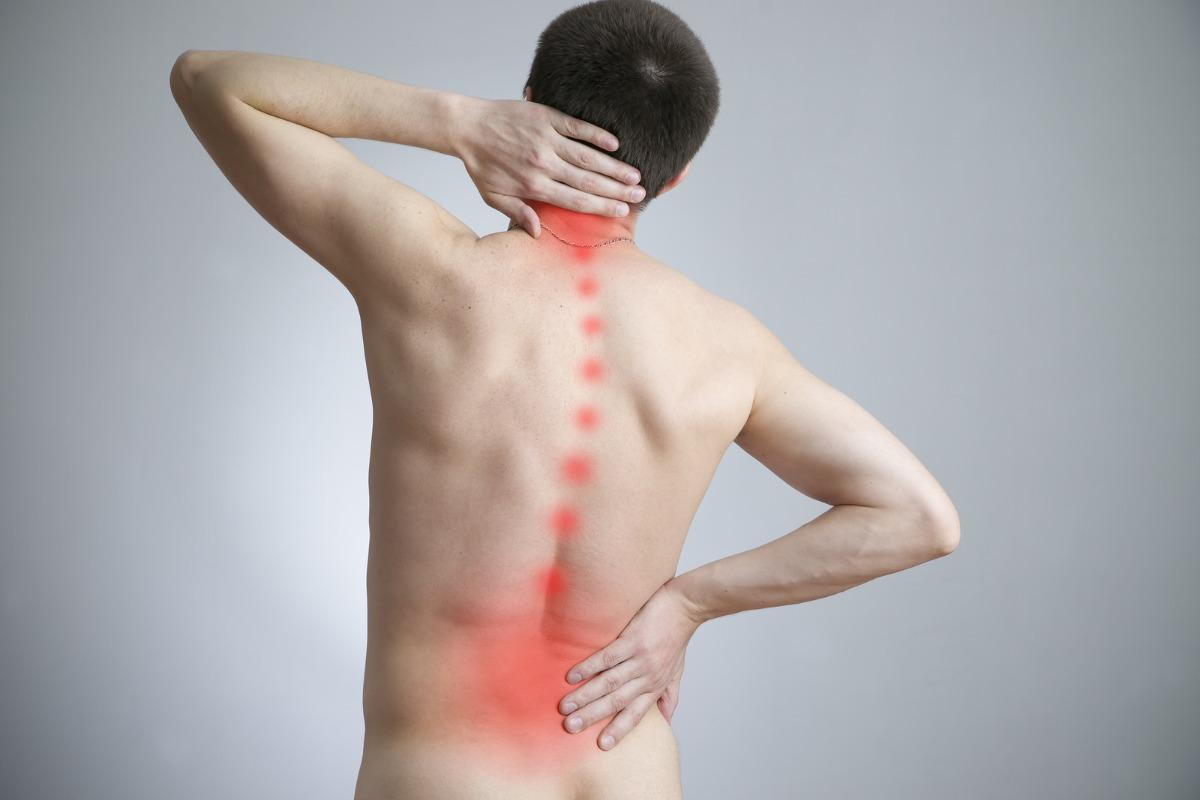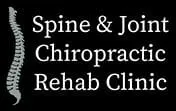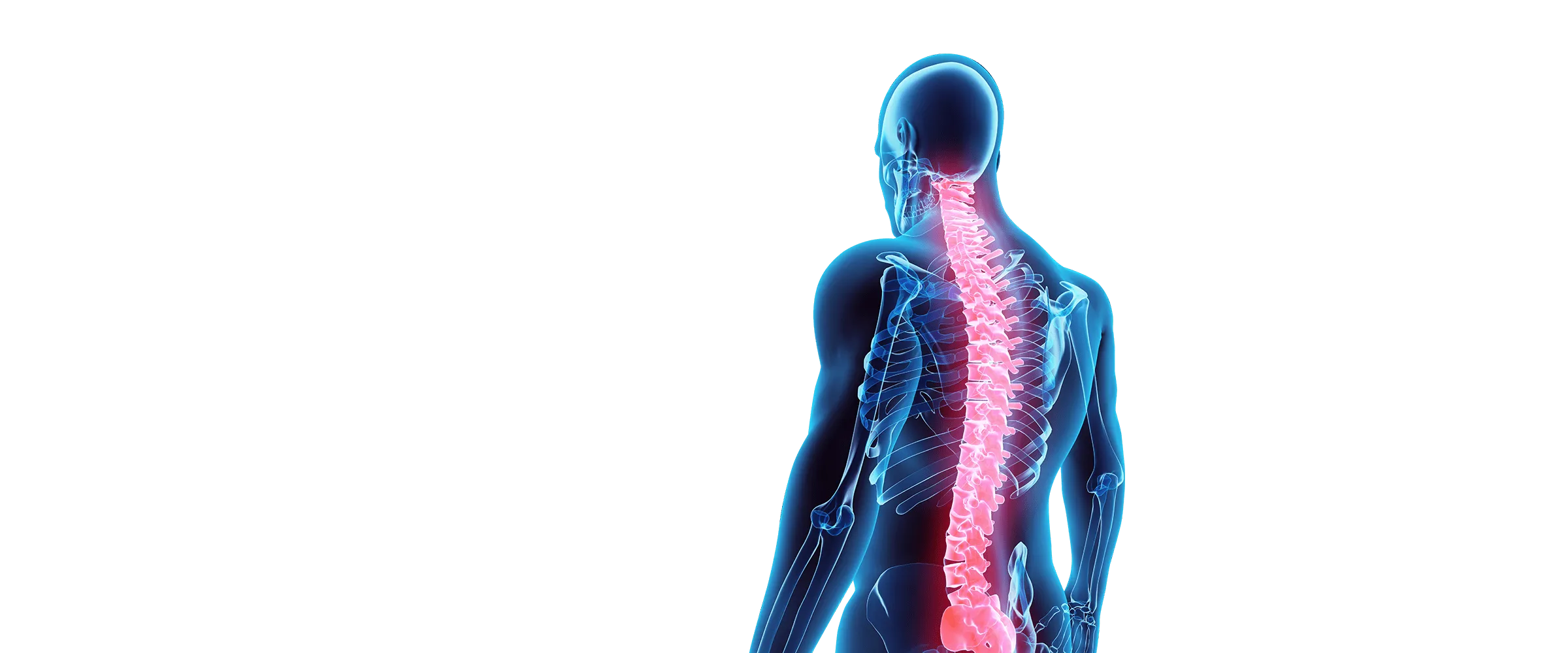Is There a Design Flaw in the Human Spine?

- posted: Jan. 17, 2022
It seems that back pain has been plaguing the human species since the beginning of history. Archeologist have unearthed human remains thousands of years old showing the telltale signs of spinal degeneration. Our ancient ancestors were dealing with the same problems as we modern humans are. When the remnants of humans are observed we can see marginal osteophytes or bone overgrowth along the vertebra in an attempt to stabilize a weakened or degenerative region. These vertebra also show signs of Schmorl’s nodes which indicates a prolapsed disc which has punched up in the vertebrae itself leaving an indentation on the endplate.
It seems our physiological design is flawed; we are not evolving out of back pain. Why so? The majority of vertebrates walk on all four legs which from a biomechanical perspective seemingly distributes the weight over the entire length of the spine. There are actually very few animals that do walk around on two legs as we humans do. Birds tend to walk or hop along on their two legs but not in the same manner as humans. Kangaroos hop and at high speeds and some lizards trot along on two legs when they are engaged in a full out sprint. But we humans are certainly the only primate which have evolved to walk around bipedal. It seems this evolutionary track may have come about too rapidly for our primate spines to catch up with our quickly changing strides.
As opposed to our spines resting horizontally against the pull of gravity; we are now positioned vertically with all the weight being distributed to our lower spine and pelvis. This form of bipedal walking is actually quite efficient energetically speaking and also quite rapid as we humans are one of the fasting walking creatures. This certainly helped our ancestors to spread out over great distance to inhabit every corner of the earth. No doubt our ancient ancestors were more active and physically more fit as their hunter gather lifestyle demanded they be. It was eat or be eaten; fight or flight. Certainly the survival of the fittest had a great role in who we are today as a species. So if we evolved to be the fittest what happened?
It seems the sedentary life style of our technologically advance societies have worked against us. Our once efficient spines have become anchored to chairs and computers. We no longer walk to our destinations but drive certainly causing our core muscles which support our spines to become weaker. We are also living longer; where as our ancient ancestors were lucky to make it to 40; it is becoming more common for human to live twice as long now but the problem is there is no extended warranty. So what should we do?
It would behoove us to take better care of our spines and preserve them for the duration of our lives. Our first cause of action should be exercise that can prolong health and longevity. These exercises should not be abusive or high impact since this can actually cause injuries. Low impact exercises are more effective at preserving the spine such as yoga, tai chi, biking, swimming, and walking. If we are mindful of our body weight this can also help protect the integrity of the spine. Obesity can place an overload on the vertebra and discs subsequently leading to further problems and injuries. If pain persists advice of a medical professional may be necessary.
There are many approaches to back pain such as medication, injections, and surgery. The outcome of these treatments can be low and usually don’t solve the problem. A more practical approach to back pain is a non-surgical treatment. Complementary and alternative medicine has been found to be very helpful in managing and preventing back pain. Treatments such as chiropractic, therapy, and dry needling are becoming the go to solution for many who don’t want back surgery or who have already had a failed back surgery. Chiropractic has been proven to treat herniated discs causing neck pain and back pain as well as upper and lower extremity paresthesia. Chronic headaches and TMJ pain have also shown good outcome with chiropractic. Common joint injuries such as tennis and golfers elbow, carpal tunnel syndrome, frozen shoulder syndrome, and even sprained ankles all benefit from physiotherapy treatment. The combination of these alternatives to surgery can help your spine and body for that matter catch up with evolution.
At Spine and Joint Chiropractic Rehab Clinic we got your back. Call us today at our JLT, Dubai Clinic to schedule an appointment at +971-52-799-5925 or + 971-4-566-5763.
Learn More About Our Practice
Get In Touch
License number
JLQ0EA2K-230322

